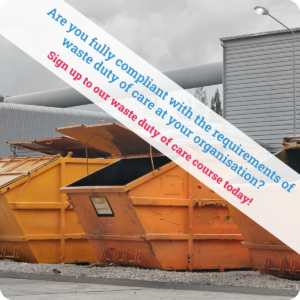The European Chemicals Agency’s (ECHA) recent consultation on plans to declare titanium dioxide (TiO2) as a carcinogen has raised concerns in a number of industries.
The substance has been widely used in industrial and consumer products for decades and has no obvious substitute. But ECHA recently consulted on plans put forward by the French authorities to declare it a respiratory carcinogen under the EU Classification, Labelling and Packaging Regulation.
The possibility of the substance being classed as a carcinogen is a big concern for a number of industries as it is used as an ingredient in a wide variety of products, including paint, paper, plastics and sunscreen.
The proposal to class TiO2 as a carcinogen has been put forward due to its low solubility and persistence in the lungs, which can lead to oxidative stress and may also have direct genotoxic effects.
There is no evidence from human data of a link between occupational exposure to TiO2 dust and cancer. However, the International Agency for Research on Cancer declared it a carcinogen in 2006, based on studies in rats. Exposure to the substance led to benign and malignant lung tumours.
There is currently no harmonised classification and labelling for TiO2, although it is sometimes self-labelled as harmful if inhaled, as a skin and eye irritant and a suspected carcinogen.
ECHA has received a large number of responses to its consultation regarding TiO2, highlighting both the economic impact and the lack of any proven effect in people, either as consumers or as industrial workers.
In June, the Government responded to the European Commission’s consultation on its ‘fitness check’ of the EU Chemicals Regulations, stating that the CLP process should better consider socio-economic impacts. This could hinder the proposal to class TiO2 as a carcinogen.
Found this information useful? Sign up for a free trial of the Legislation Update Service here to access regular, more detailed articles.
